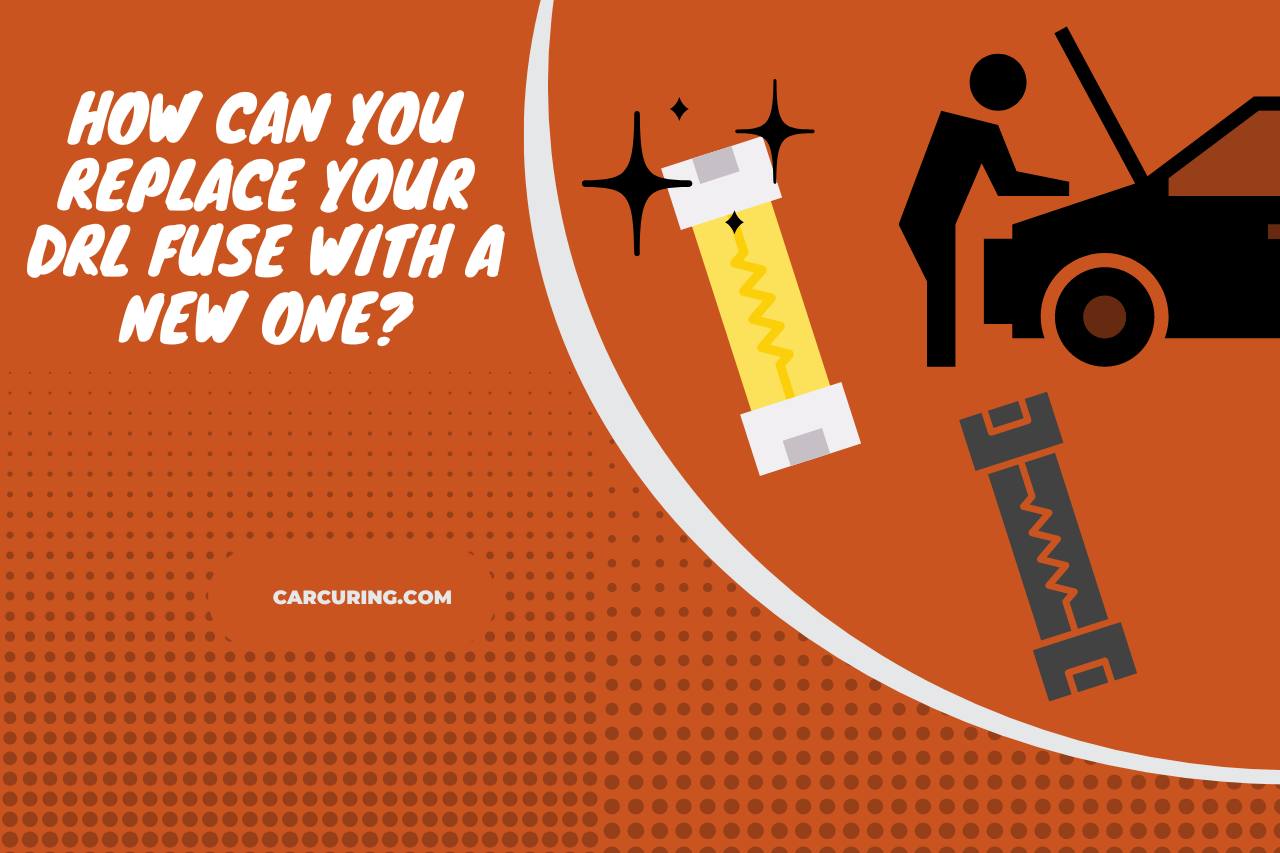The Daytime Running Lights (DRLs) take center stage in an era where vehicle technology is constantly improving to improve both safety and beauty. DRLs are those discrete but essential lights that adorn the front of almost every modern car. But the DRL fuse, which is at the center of this system, conceals a vital safety measure for both drivers and pedestrians behind their simple appearance. The article sets out on a quest to illuminate the significance and function of the DRL fuse, revealing the crucial part it plays in contemporary automobile functionality and safety. Examining its internal mechanisms, we discover how this little but mighty fuse makes sure that DRLs fulfill their intended function, serving as a potent representation of automotive innovation and safety on today’s roads.
What is a DRL Fuse?
The DRL fuse serves as a safety to stop electrical problems in the DRL circuit from harming the wiring or other electrical parts of the car. In the circuit, it functions as a sacrifice component that is intended to blow or break in reaction to an overcurrent condition.
The fuse will disconnect the circuit and stop the flow of power if an electrical problem like a short circuit or an excessive current draw occurs. By doing this, the electrical system of the car is shielded from more damage. During daylight hours, DRLs are an essential safety feature that increases a vehicle’s visibility to other drivers and pedestrians.
DRLs assist in lowering the risk of accidents by increasing the visibility of the vehicle on the road. The uninterrupted operation of this safety feature is made possible by the DRL fuse. The DRLs may malfunction in the absence of a working DRL fuse, jeopardizing the vehicle’s visibility and safety.
The overall dependability of the vehicle’s electrical system depends on keeping the DRL circuit’s integrity intact. Without the DRL fuse, circuit malfunctions could result in more widespread and expensive damage, affecting other electrical systems and components.
The DRL fuse aids in averting potential electrical problems by rapidly cutting off the circuit when necessary. Fuses are reasonably cheap and simple to replace.
It is usually possible to rapidly replace a DRL fuse that blows as a result of an electrical issue, returning the DRL system to normal performance. It is a practical and affordable method for maintaining the DRL circuit because of its simplicity.
Where is the DRL Fuse Located in your Vehicle?
- On the driver’s side, the fuse box is frequently found beneath the dashboard. To get to it, you might have to open a panel or take off a cover.
- In the engine bay of some cars is a fuse box or fuse panel. It usually sits along one of the fender wells or next to the battery.
- The fuse box may be placed close to the driver’s seat in some cars, especially in European models, and is frequently hidden under carpeting or other floor covering.
- The fuse box may be found behind the back seat or in the trunk of some models, particularly luxury vehicles or large sedans.
Why is the DRL Fuse Important?
The Daytime Running Lights (DRL) fuse is crucial because it preserves the DRL circuit, defends against electrical problems, and guarantees uninterrupted operation of this safety feature, improving vehicle visibility and traffic safety during daylight hours.
What are the Common Causes of DRL System Problems?
- A dedicated DRL control module is used in many automobiles, and these modules are prone to failure.
- Electrical failures or short circuits can result in blown DRL fuses, which can compromise the DRL system.
- Some vehicles rely on sensors to automatically turn on their DRLs when the surrounding lighting changes. Incorrect DRL activation may be caused by sensor faults.
- An improperly functioning switch can prohibit the DRLs from functioning properly if the DRL system has a manual on/off switch.
- In contemporary cars, the BCM might regulate how the DRLs work. The DRLs may be impacted by malfunctions or communication problems inside the BCM.

How Can you Replace your DRL Fuse with a New One?
- The engine compartment or the driver’s side under the dashboard are frequent sites. For the precise position, refer to the owner’s manual for your car.
- To locate the fuse marked “DRL” or “Daytime Running Lights,” consult the fuse box cover or your owner’s handbook. The amperage rating of the fuse is also described in the cover or manual.
- Make sure the ignition is off and that all electrical accessories are unplugged.
- To gently grab the DRL fuse, use a pair of needle-nose pliers or a fuse puller. Pull it straight out of its slot while being strong and gentle.
- Check the metal strip inside the old fuse to see if it is still intact
- To prevent electrical issues or damage, the proper amperage must be used.
- Put the new DRL fuse in the same slot that you took out the old one from.
- Make sure the fuse is firmly inserted in the slot.
- Replace the fuse box cover if necessary.
- To make sure the DRLs are working properly, start the car and turn them on. The DRLs ought to function as expected if the replacement fuse is the correct amperage and is fitted correctly.
Can a Malfunctioning DRL Affect Other Vehicles?
This lowered visibility might increase the risk of accidents when drivers rely on the presence of DRLs to assess the location and movement of other cars.
Further affecting road safety for all users of the road, faulty DRLs might not produce the desired amount of contrast with low-beam headlights at dark or morning. To contribute to overall road safety, it is crucial that all cars maintain properly working DRLs.
What are the Benefits of Having a DRL System in your Vehicle?
A DRL (Daytime Running Lights) system in your car offers a number of important advantages. First of all, DRLs improve visibility, making your car more noticeable to other motorists and pedestrians during daytime hours, lowering the possibility of an accident.
As they make it simpler for approaching vehicles to recognize your vehicle’s position and motion, they also help to improve road safety by lowering the possibility of front-end crashes.
Thirdly, DRLs improve your car’s overall visibility in poor weather, such rain or fog, boosting your probability of being noticed.
They also provide your car a more aesthetically pleasing, contemporary, and refined appearance.
Last but not least, DRLs are energy-efficient and use less power than standard headlights, which contributes to energy conservation and increases the life of your headlights.
What are the Costs Associated with Replacing a DRL Fuse?
A DRL (Daytime Running Lights) fuse replacement has a rather low-price tag. The fuse itself, which normally costs between $1 and $5 depending on the type and brand, is the main expense. There are no labor charges if you change the fuse yourself.
However, if you decide to hire a mechanic or technician to complete the replacement, they can ask for a little labor fee, which might vary depending on the shop and the area but is often not very much.
DRL fuse replacement is generally relatively economical, making it a doable and simple maintenance task for most car owners.
Watch this one,
Video Credits – Xprite


